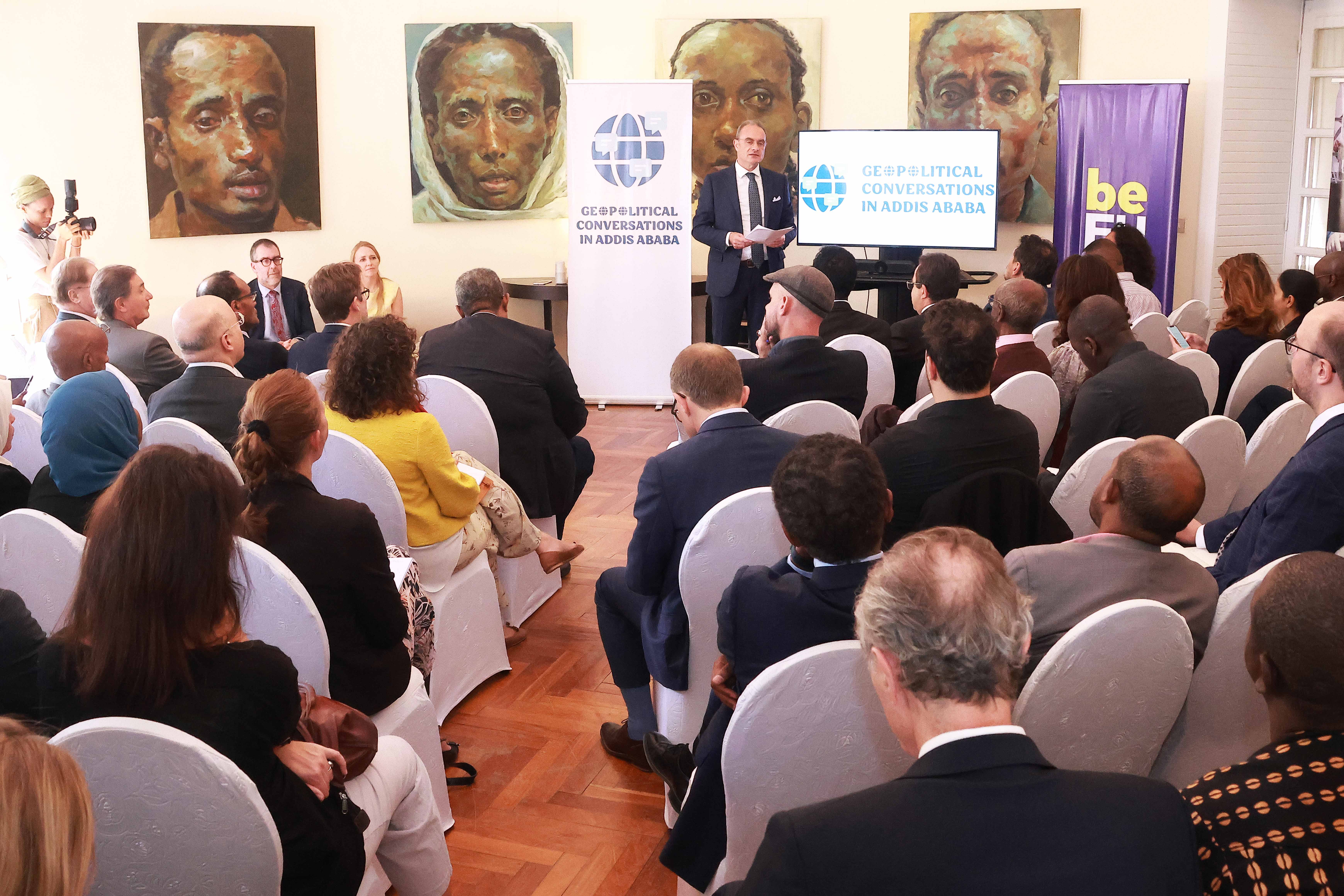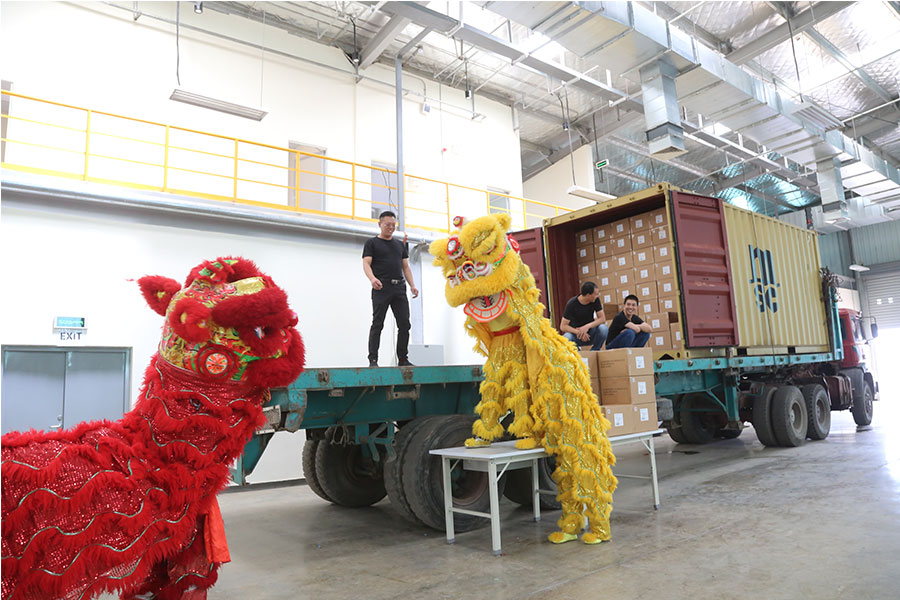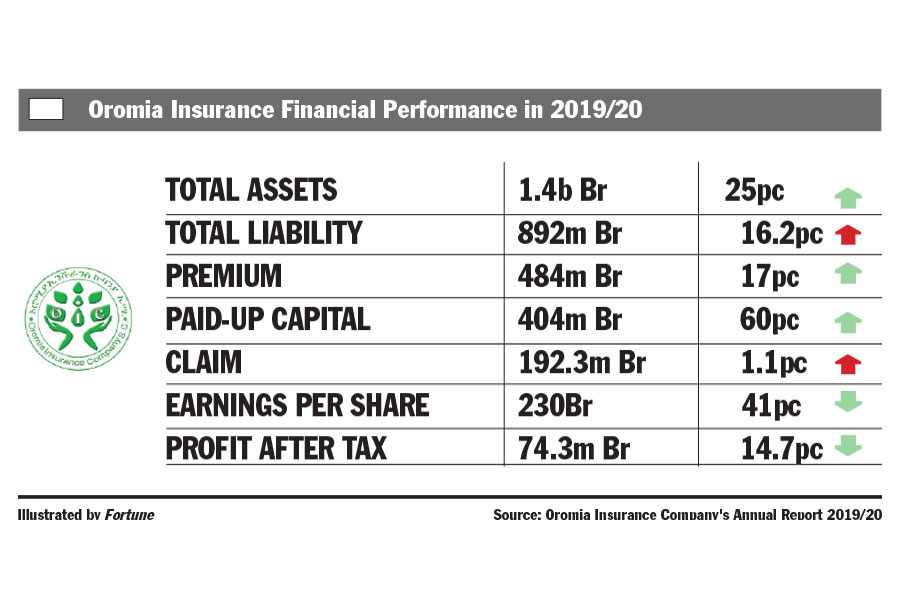
Commentaries | Apr 06,2024
A decline in production has left Ethiopia's incense exporters unable to take advantage of a surge in global prices shooting up by nearly two-thirds. War in the northern parts and armed conflicts in other parts of the country are blamed.
India, China and Brazil dominate the global incense burner market, expanding at a blistering pace. The rapid increase in organic incense sticks for religious, meditational and therapeutic purposes drives demand, valued at 22.8 billion dollars in 2019. It is projected to reach 27.6 billion dollars by 2027, according to Fortune Business Insights, a US-based company that offers market studies and consulting services.
Despite the booming trade, incense exports from Ethiopia have been waning. So is the number of exporters on a decline.
Officials had projected that 745tn of incense – frankincense, gum arabica, and myrrh – would be shipped abroad this year. Less than 500tn has been exported over nine months, generating 2.2 million dollars. It is an earning 200,000 dollars more than exported last year. These figures are five times lower than export revenues from seven years ago, when Ethiopia exported 3,500tn of incense, earning 11.8 million dollars.
Incense has many industrial purposes, including the production of confectioneries, food and beverages, and cosmetics and pharmaceutical products. Buyers in China, the Middle East, and Europe account for the bulk of the shipments from Ethiopia.
According to Mesfin Abebe, director of agricultural crop exports and marketing at the Ministry of Trade & Regional Integration, the drop in export earnings is due to a decline in production in recent years. Incense is produced mainly in the Tigray and Amhara regional states, hot spots of the civil war started in November 2020. Three years earlier, the northern regional states accounted for nearly 65pc of the 3,700tn in annual average incense production.
Frankincense, gum arabic and myrrh are among the most valuable commercial non-timber forest products. The primary sources of frankincense are tree or shrub species of the genus Boswellia, which comprises 20 species, of which six are found in Ethiopia. It is tapped from the small, drought-hardy trees by slashing the bark called striping and allowing the exuded resin to bleed out and harden. These hardened resins are called tears; a single plant can produce up to one kilo of incense. Each species and variety of incense trees has a slightly different resin type, while differences in soil and climate can create even more resin diversity.
Some trees start producing resin when they are about eight to 10 years old, with others taking as long as 50 years to reach a striping maturity. Tapping is done two to three times a year, with the final taps producing the best tears, due to the higher content of the aromatic substances that give the substance its distinct smell.
A recent estimate by the Ministry of Agriculture indicates that between 2.8 million and 3.5 million hectares of land, predominantly in the northern part of the country, were covered by trees that produce natural gum resins three years ago. The area has shrunk due to the militarised conflict in the north.
Production in Metemma in the Amhara Regional State has been declining due to border tensions between Ethiopia and Sudan, according to Woldegiorgis Mekonnen, director of forest enterprises and cooperatives at the Ministry of Environment, Forestry & Climate Change.
The Ministry is in charge of issuing certificates of competency to producers and exporters of gum and incense. Before 2020, it issued certificates to over 100 companies.
“Less than 10 companies applied for a certificate of competency this year," Woldegiorgis told Fortune.
Incorporated in 1998, Dabase Business Group is one of the exporters of incense. Last year, it shipped 470,000 dollars of incense, as well as spices, mainly to India and Turkey. The company had been sourcing incense from Shire and Humera in the Tigray Regional State.
“We haven’t exported incense this year,” said Addis Alemayu, manager of the company.
Addis also serves as the president of an industry lobby group that represents close to 100 producers and exporters of frankincense. He observed that growing international market prices make it an ideal period for exports.
“Unfortunately, export-standard incense is nowhere to be found," he said. “Many incense exporters are switching to spices export.”
The only area with active incense production is the Benishangul-Gumuz Regional State.
Grade-one incense from Ethiopia is sold up to 8,000 dollars a tonne, 60pc higher than prices from two years ago.
Pelican General Trading is another company that has stopped exporting incense in recent years. Incorporated two decades ago, Pelican has been exporting incense since 2010. But this stopped when war broke out in the north.
“We've two containers of incense stored at a warehouse in Shire,” said Blene Moges, general manager of Pelican.
The company had been exporting incense valued between 200,000 dollars and half a million dollars.
A company manager still exporting says sourcing export-standard incense has become a difficult task. The company had been buying incense from Lemlem Welqayit Union.
“We exported two containers of incense to Greece from last year’s stock,” said this Manager.
The production decline has also inflated prices in the domestic market. Leftovers from the export trade are sold locally. A kilo of incense costs 400 Br, double the prices from a year ago.
Adane Tuffa (PhD), an economist who is a member of the Agricultural Economics Society of Ethiopia, says the government should look for untapped areas to boost production.
“Enhancing the participation of the private sector in the forest sector is essential,” he said.
The federal government is trying to boost production, supporting those in incense production in areas that are not affected by instability, according to Woldegiorgis. These areas include the South Omo Zone of the Southern Regional State, where large amounts of frankincense tree and shrub species are found.
“The Ministry provides technical assistance and training,” said Woldegiorgis.
PUBLISHED ON
Apr 30,2022 [ VOL
23 , NO
1148]

Commentaries | Apr 06,2024

Commentaries | Dec 25,2018

Viewpoints | Sep 18,2021

Radar | Jan 27,2024

Featured | Aug 10,2025

Featured | Apr 22,2022

Fortune News | Sep 15,2025

In-Picture | Jan 11,2019

Fortune News | Jan 09,2021

Fortune News | Apr 30,2021

Dec 22 , 2024 . By TIZITA SHEWAFERAW
Charged with transforming colossal state-owned enterprises into modern and competitiv...

Aug 18 , 2024 . By AKSAH ITALO
Although predictable Yonas Zerihun's job in the ride-hailing service is not immune to...

Jul 28 , 2024 . By TIZITA SHEWAFERAW
Unhabitual, perhaps too many, Samuel Gebreyohannes, 38, used to occasionally enjoy a couple of beers at breakfast. However, he recently swit...

Jul 13 , 2024 . By AKSAH ITALO
Investors who rely on tractors, trucks, and field vehicles for commuting, transporting commodities, and f...

Oct 18 , 2025
The political establishment, notably the ruling party and its top brass, has become p...

Oct 11 , 2025
Ladislas Farago, a roving Associated Press (AP) correspondent, arrived in Ethiopia in...

Oct 4 , 2025
Eyob Tekalegn (PhD) had been in the Governor's chair for only weeks when, on Septembe...

Sep 27 , 2025
Four years into an experiment with “shock therapy” in education, the national moo...